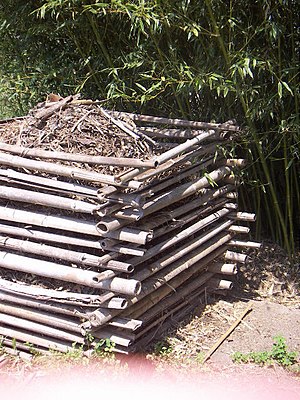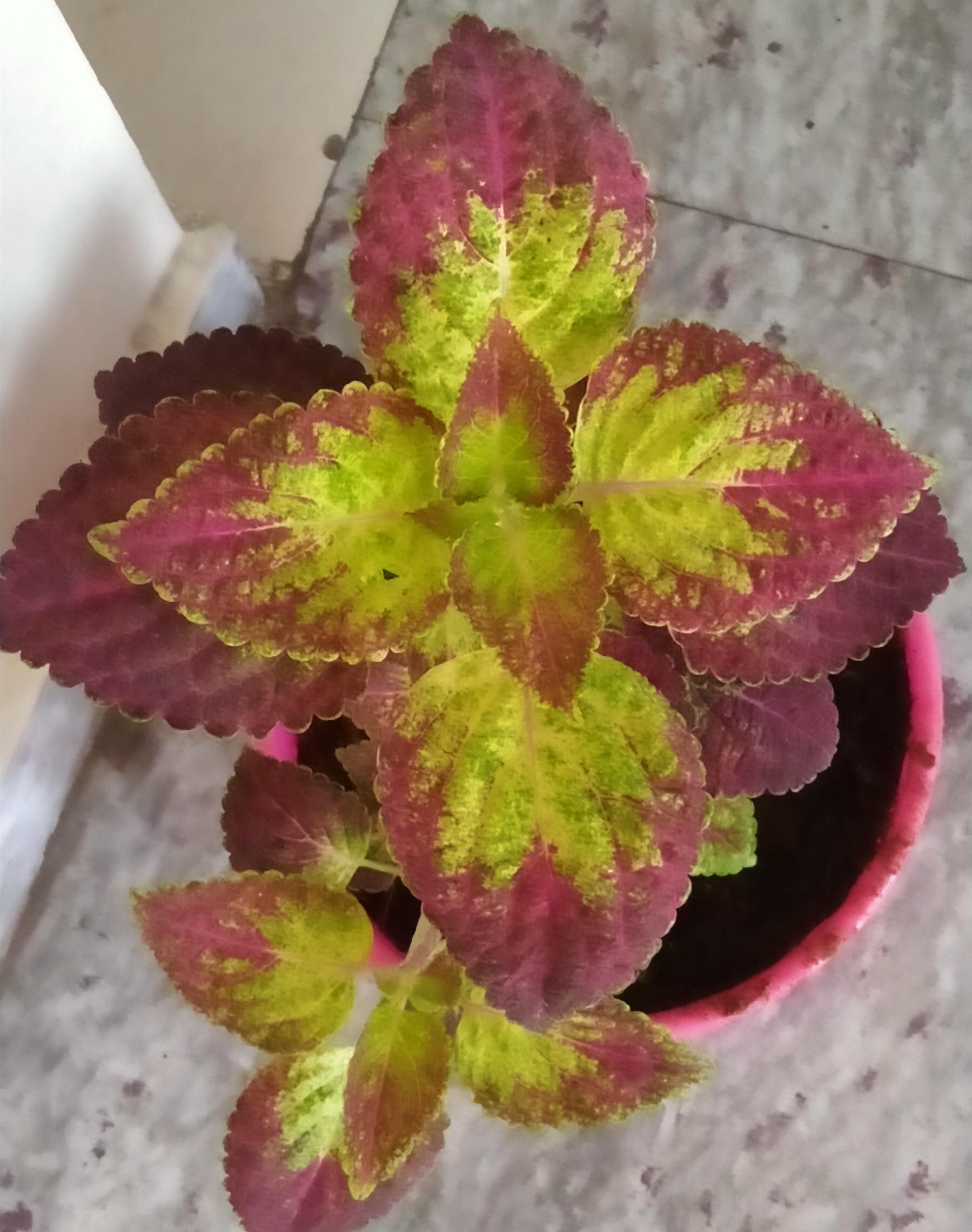You might think of the autumn simply as the time to clean up, removing the previous summer's growth from your garden. There might still be some specialized flowers and vegetables growing through the fall, but the emphasis at this time of year is to wind things down, and wait for the spring to do all the new planting. Yet, for some plants, the best time to be put in the garden turns out not to be the spring at all.
|
|
| An autumn ground with fallen leaves and grass (Photo credit: Wikipedia) |
Some plants, in fact, do much better if they are planted in the autumn rather than in the following spring. That doesn't mean they bloom and grow all winter; they'll lie dormant like many other plants through this period. However, planting in the fall and letting them start their growing season gradually as things warm up in spring works better for some plants.
Most perennials actually thrive by this process, because the soil is still relatively warm and moist from the summer, and they have time to become properly rooted throughout the autumn. If they're planted in the spring, on the other hand, the soil is still quite cool, and the plants face a few months of trying to root properly even while the above-ground temperatures are inducing them to produce leaves and flowers. An especially hot summer can place additional stress on these new plants, and particularly for some fruit-bearing bushes and trees, can even kill them. Perennials planted in the fall have a much better chance of being established and attaining their full size and growth the following summer, than do similar plants that are planted in spring.
There are a number of shrubs and trees that establish themselves better if you plant them in the autumn. Your garden center or some research on gardening websites can help you discover which other plants thrive best if put into your garden at this time of year. However, some plants that you might consider could be Siberian or bearded irises, lilies, peonies, hostas, pinks, hens and chicks, or phlox. Trees or bushes like hawthorn, maple, crab apple, pine, linden, and elm should also be planted in the fall rather than the spring.
Another thing people don't always think of in the autumn is planting seeds rather than the plants themselves. When you think of it, nature's way generally tends to be for seeds to drop and be spread in the fall, and get covered over and lie dormant through the winter, in preparation for germinating the following spring. Some actually require a spell in cold temperatures before they'll sprout. So in your own garden, too, you can plant certain seeds that will then wait through the winter and begin to grow the following spring. Try this with some of your perennials, and you can even give it a go with annuals that are described as "hardy annuals." This will also work with some self-seeding herbs and flowers, such as cilantro, Four O'Clocks, and datura ("moon flowers"). For me, I can never seem to get cilantro to grow well if I plant it in the spring or summer - it always bolts too quickly and hardly makes any leaves. If I plant it in the fall (or it seeds itself), it comes up by itself in the spring and grows large and lush before it gets too hot.
|
|
| Tulips and narcissus flowers in spring (Photo credit: Wikipedia) |
Of course the one fall planting that everyone is familiar with is the bulbs. Tulips and daffodils, snowdrops and crocuses - all of these should be planted in the autumn before the soil freezes, at least six weeks earlier or slightly more. You might already have been doing this, but now you know that your repertoire for fall planting can be considerably wider. If you plant what you can in the autumn, you will probably end up with a thriving, growing garden much sooner the following spring than you've had before. Plus you don't have to stop gardening yet! :-)













